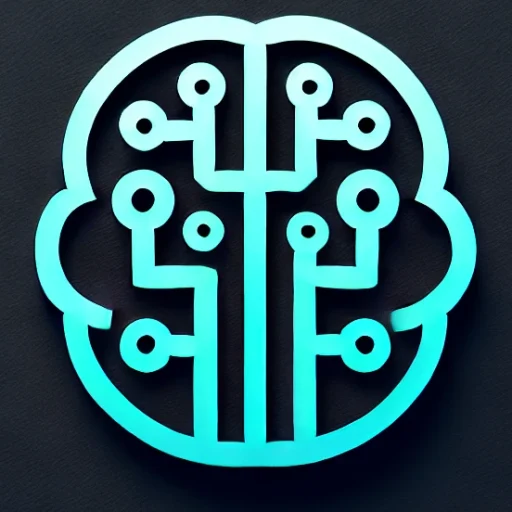
Introduction
In the ever-evolving landscape of artificial intelligence, few advancements have captured the imagination and potential for impact as generative AI. From creating art and music to writing code and simulating human-like conversations, generative AI is redefining creative boundaries and augmenting traditional problem-solving methods. As we delve into the latest trends, breakthroughs, and challenges, it’s evident that generative AI is at the forefront of technological innovation, offering transformative applications across diverse industries.
Key Insights & Latest Advancements
Generative AI represents a class of algorithms that can produce new content based on the data they have been trained on. Recent breakthroughs, particularly in transformer architectures like GPT (Generative Pre-trained Transformer) and diffusion models, have propelled the capabilities of these systems to unprecedented heights. The release of models such as GPT-4 and DALL-E 3 showcases AI’s ability to generate coherent text and stunning visuals, respectively.
These powerful models have been fine-tuned with an immense amount of data and computational power, enabling them to generate content that closely mimics human creativity and thought processes. The incorporation of Reinforcement Learning from Human Feedback (RLHF) further enhances the interactive capabilities of these systems, allowing more personalized and context-aware outputs.
Real-world Applications
The applications of generative AI are vast and continue to expand, impacting various sectors:
- Media and Entertainment: AI-generated scripts, music compositions, and visual effects are revolutionizing content creation, offering new ways for artists and creators to express their visions.
- Healthcare: AI-generated simulations and models assist in drug discovery and personalized medicine, optimizing treatments based on patient-specific data.
- Finance: Automated report generation and predictive modeling enhance decision-making processes, offering insights into market trends and economic forecasts.
- Fashion and Design: From generating fashion designs to creating bespoke interiors, generative AI provides innovative solutions and inspirations.
Challenges & Future Outlook
Despite its promise, generative AI faces several challenges. Ethical concerns regarding the potential misuse of AI-generated content, such as deepfakes and misinformation, demand rigorous oversight and regulation. Moreover, the computational resources required to train these models raise questions about sustainability and environmental impact.
Looking forward, the ongoing development of more efficient algorithms aims to reduce the carbon footprint of AI training. Additionally, establishing ethical guidelines and robust frameworks for the responsible use of AI is crucial to mitigate adverse implications.
Conclusion
Generative AI stands as a pivotal force in redefining the boundaries of creativity and innovation. As industries continue to explore and integrate these technologies, the potential for generative AI to drive economic growth, enhance human creativity, and solve complex problems becomes increasingly apparent. However, it is imperative to address the associated ethical and environmental challenges to ensure these advancements contribute positively to society.
In conclusion, as we navigate this transformative era, embracing generative AI’s capabilities while conscientiously managing its implications will be key to unlocking its full potential.

